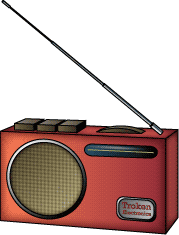| |
 |
| The development of the transistor,
the laser and the microchip all relied on quantum theories. |
|
|
|
Quantum physics deals with nature
at the atomic level. Although this may sound far removed
from everyday experiences, quantum physics has totally revolutionised
20th century science and society. Quantitative quantum theories
of matter and radiation have allowed extremely rapid progress
within electronics- and photonics-based technologies. The
development of the transistor (Nobel Prize in Physics 1956),
the laser (Nobel Prize in Physics 1964) and the microchip
(Nobel Prize in Physics 2000) to name but a few, all relied
on quantum theories - the most precisely tested theories
in the history of science. |